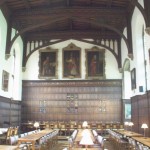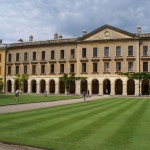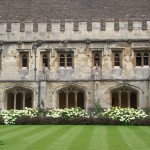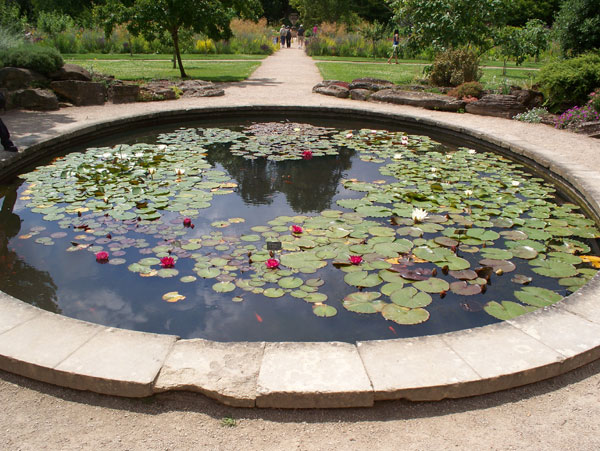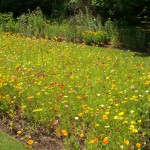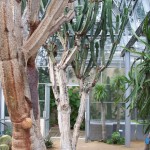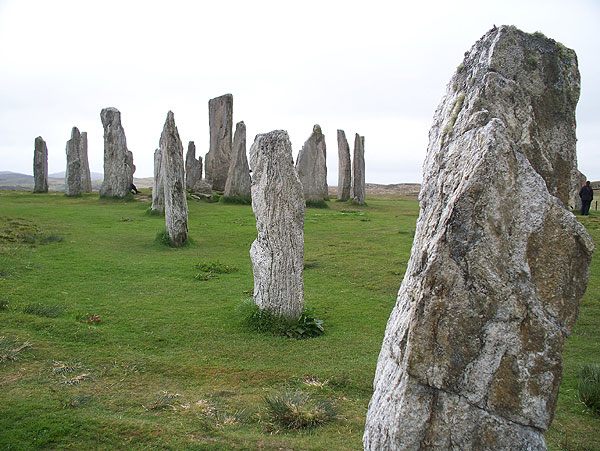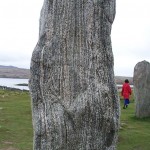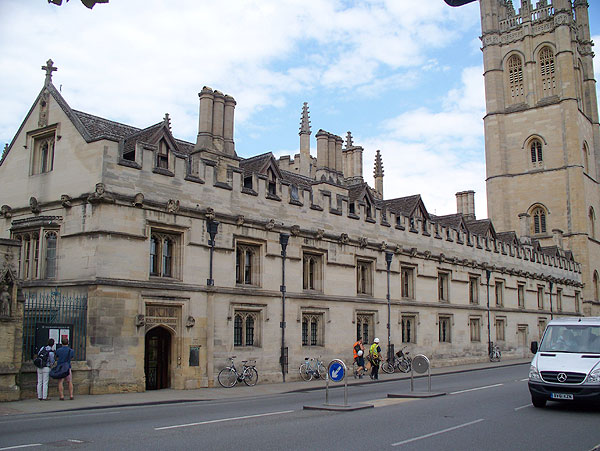 Private
Private
Magdalen College (impress your friends by explaining that it’s pronounced ‘maudlin’) was founded in 1458, and the present buildings were erected at various dates between then and the 21st century. The college has been visited by kings and princes, and has had famous students including Edward VIII (when Prince of Wales). 20th century fellows include the English scholar and theologian C. S. Lewis and the historian A. J. P. Taylor.
Today the College has a large number of students, many living in the historic rooms on the campus, and an endowment of around £170 million.
Visitors are welcomed at certain times (entrance charges payable) and allowed to wander around the public areas (not the student areas) and admire the historic buildings. The Chapel and Choir are famous, and the Chapel, with its largely 19th century interior, is very impressive. The Hall is also worth seeing, as are the quad with the cloister and gargoyles, and the exteriors of other buildings.
The guidebook supplied isn’t very good as it does not have a map or pictures to help you figure out what you are supposed to be looking at. (Clue: it starts to your extreme right on entering the first open space). Best bring your own.
Car parking in the area is very limited, so I advise using the Oxford Park & Ride instead.
The Botanical Gardens are across the road, and there are other colleges nearby whose quads can be visited, and river walks.


